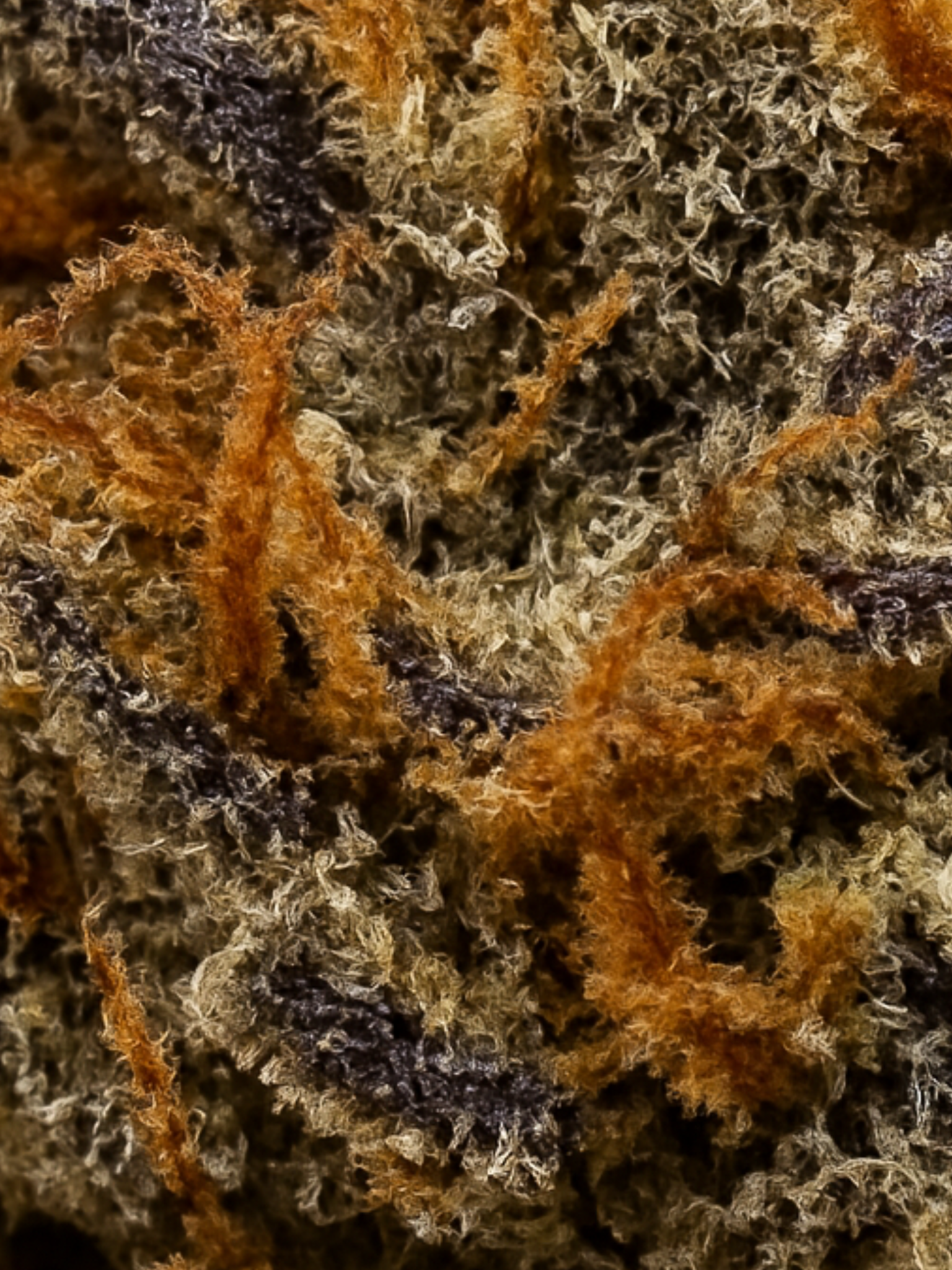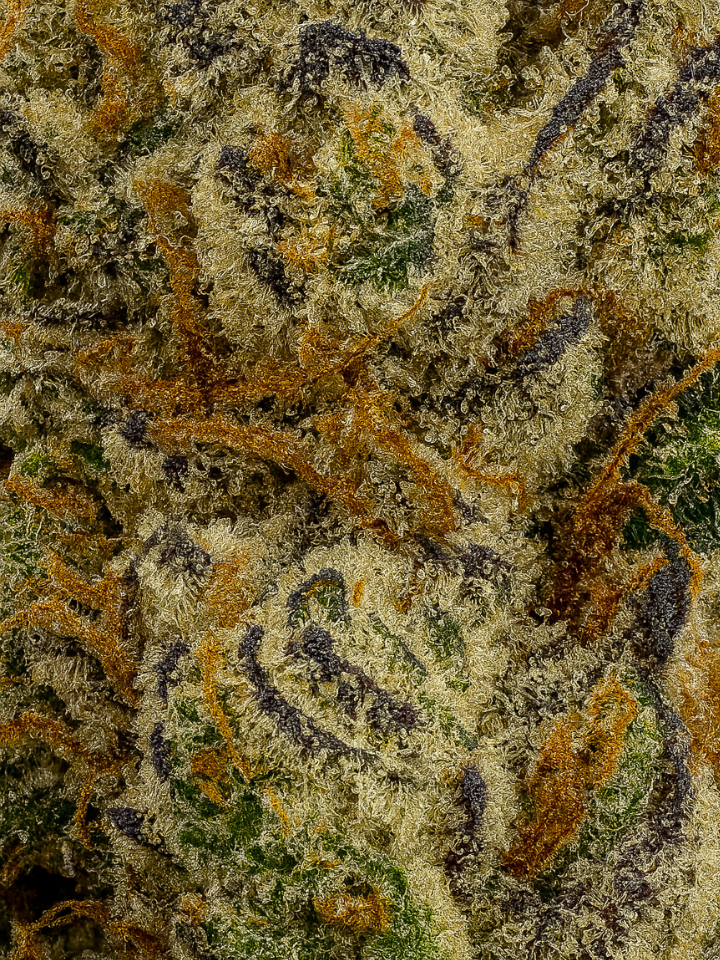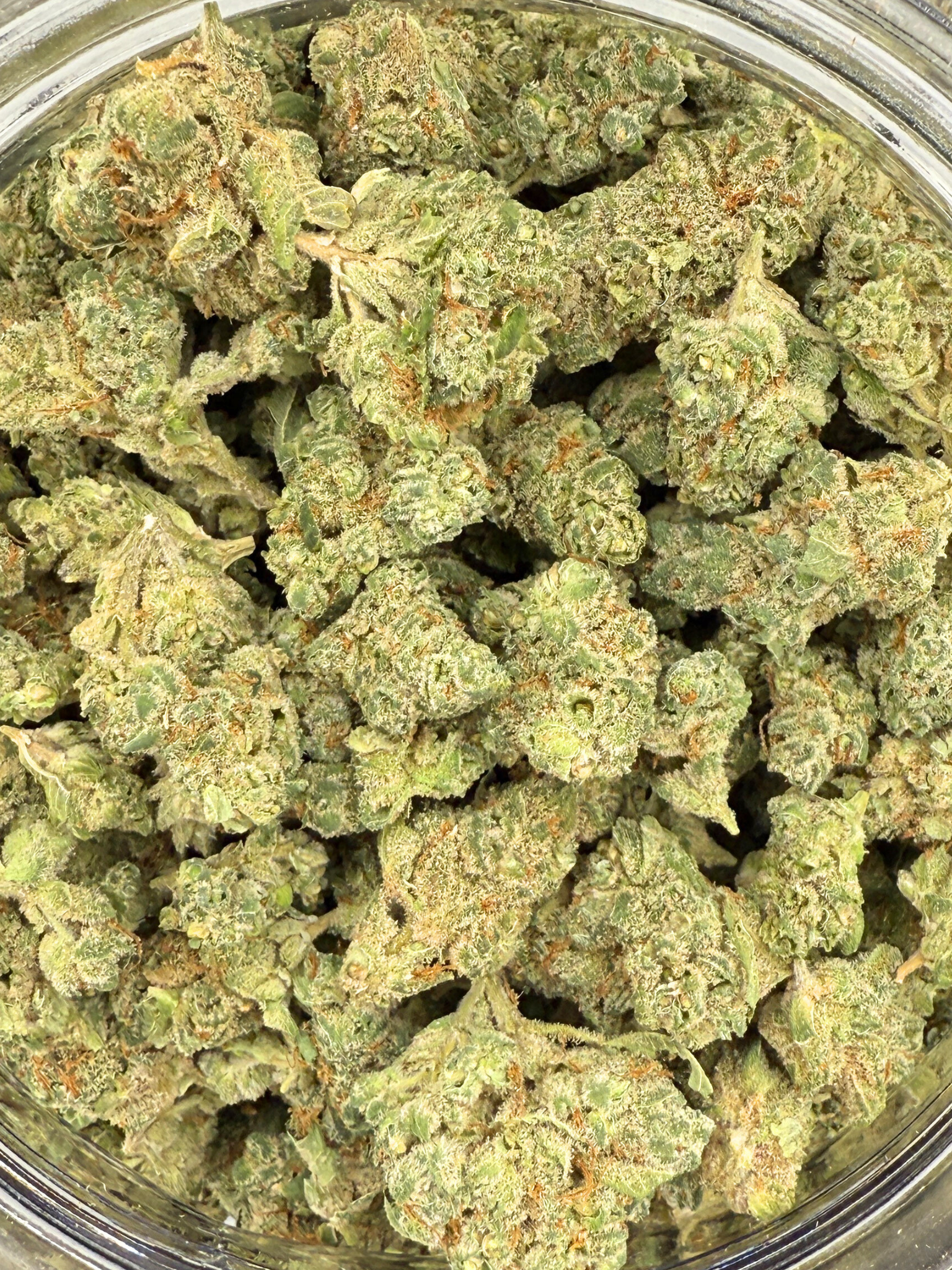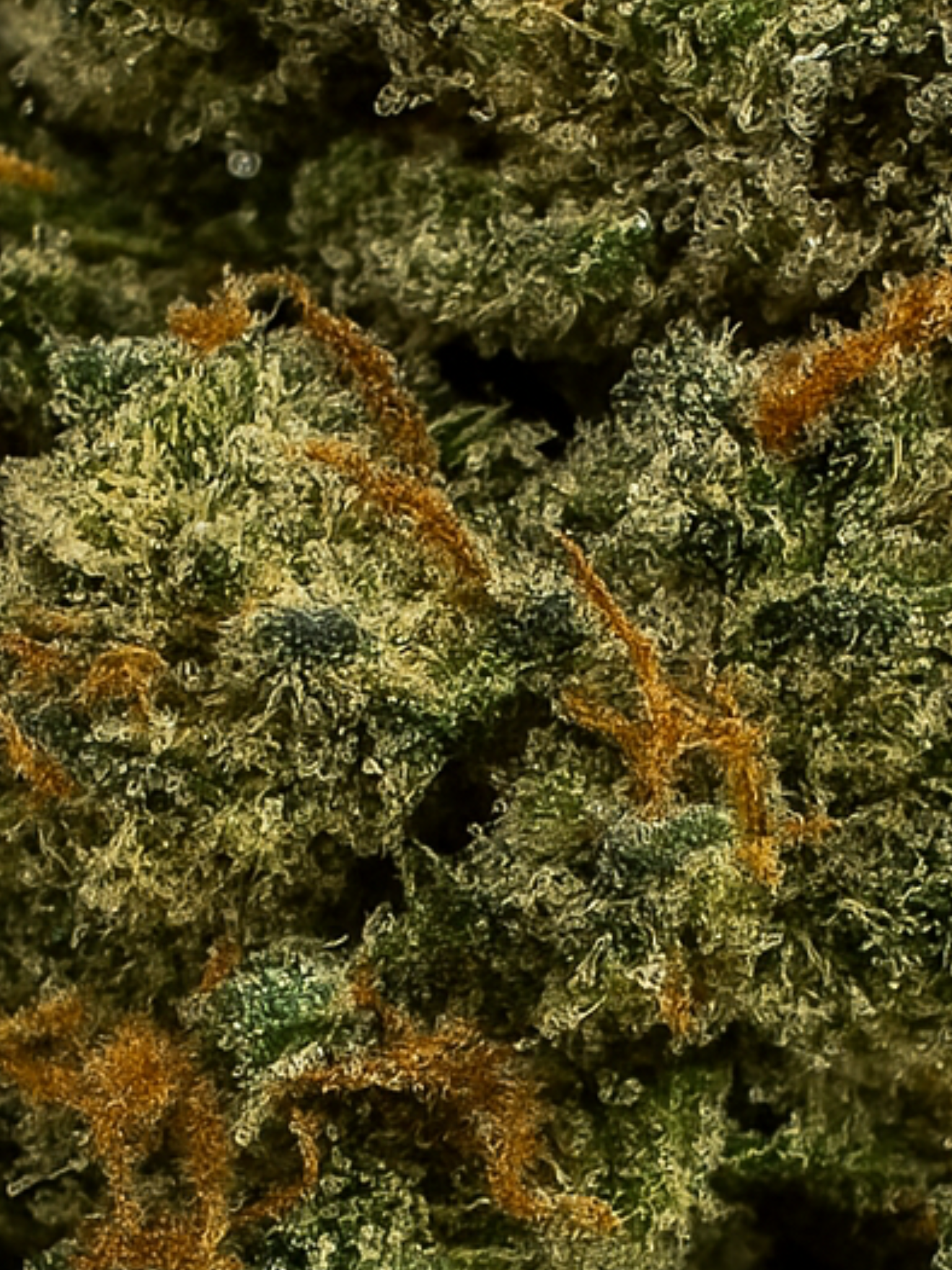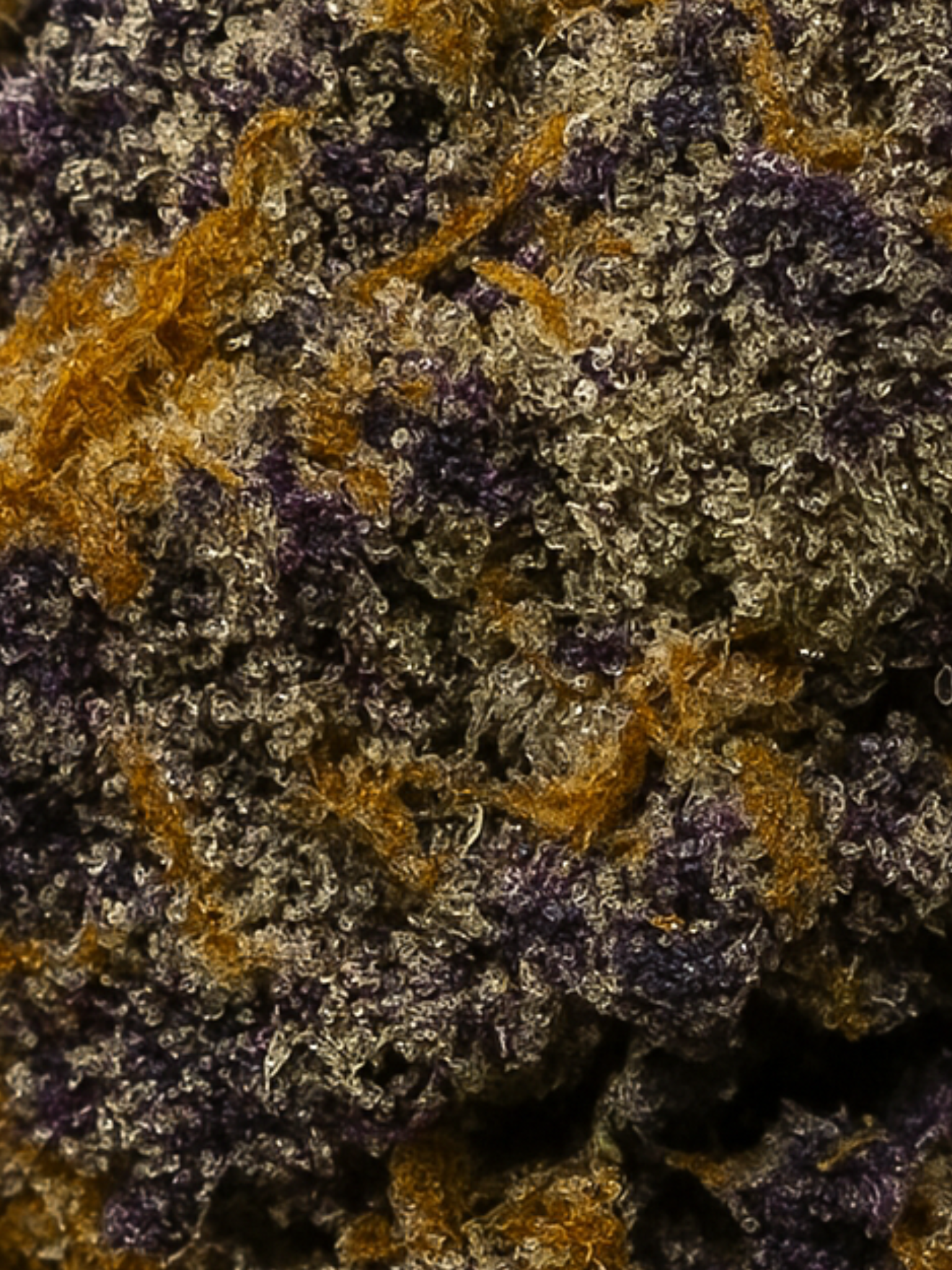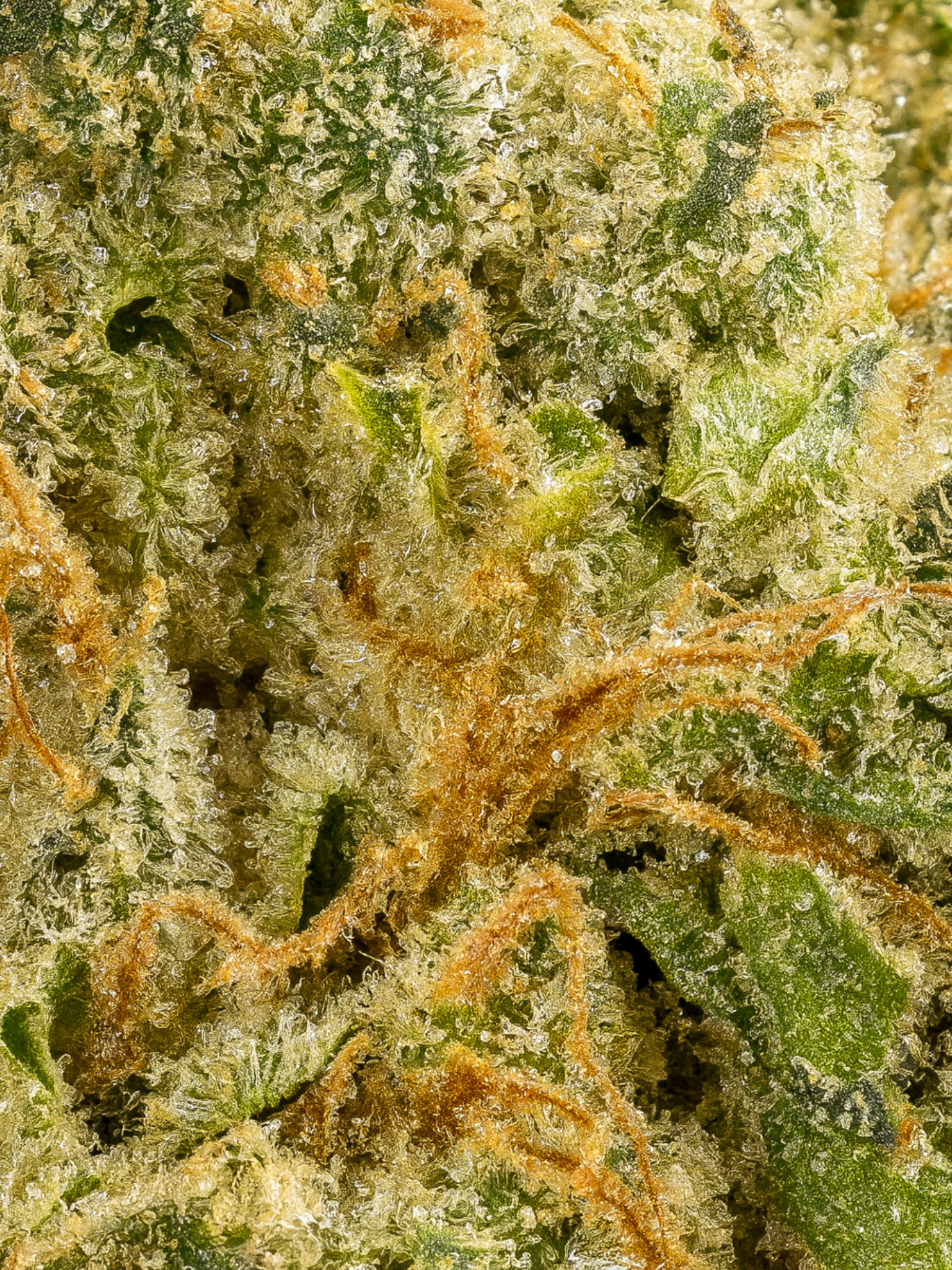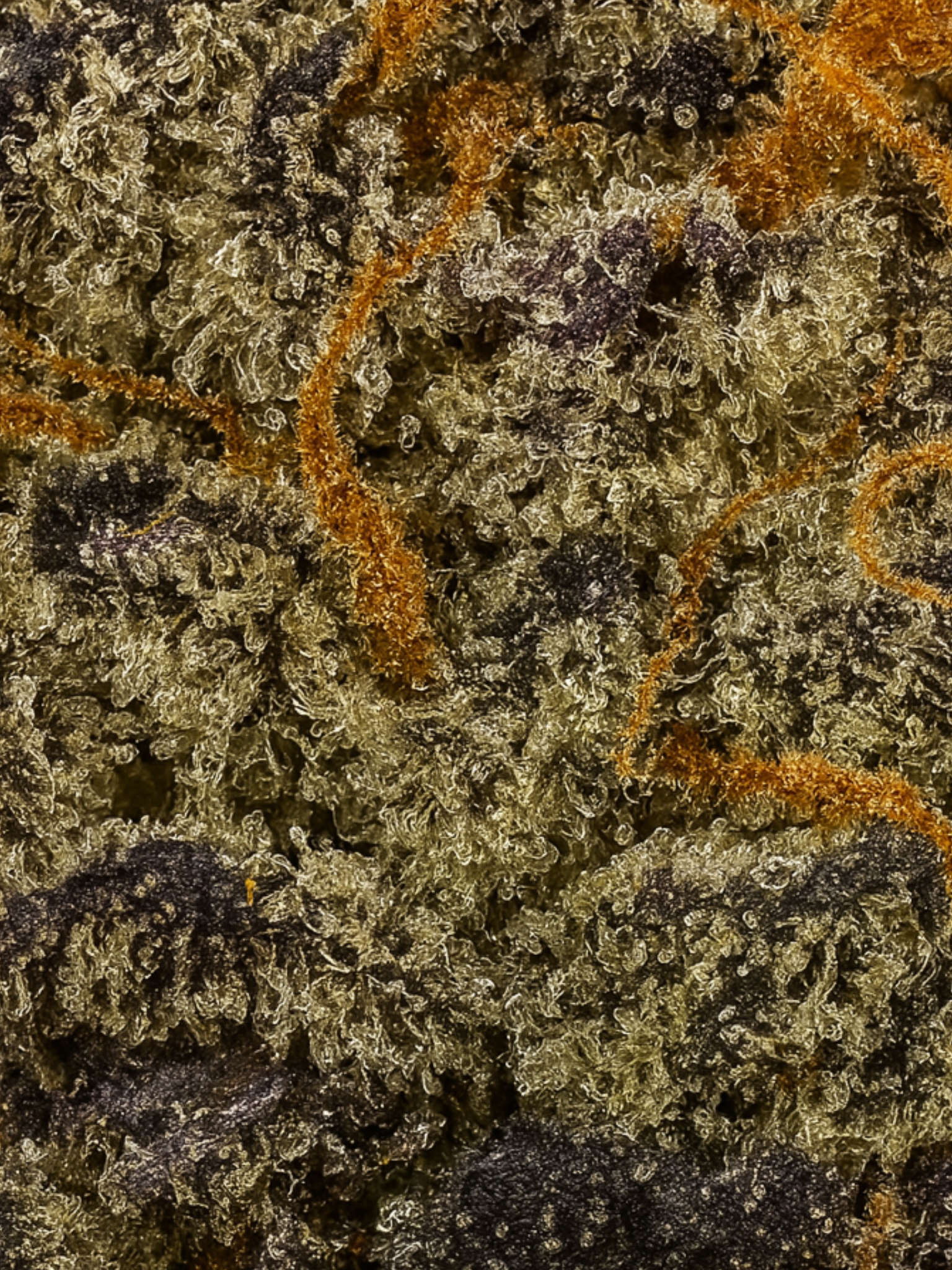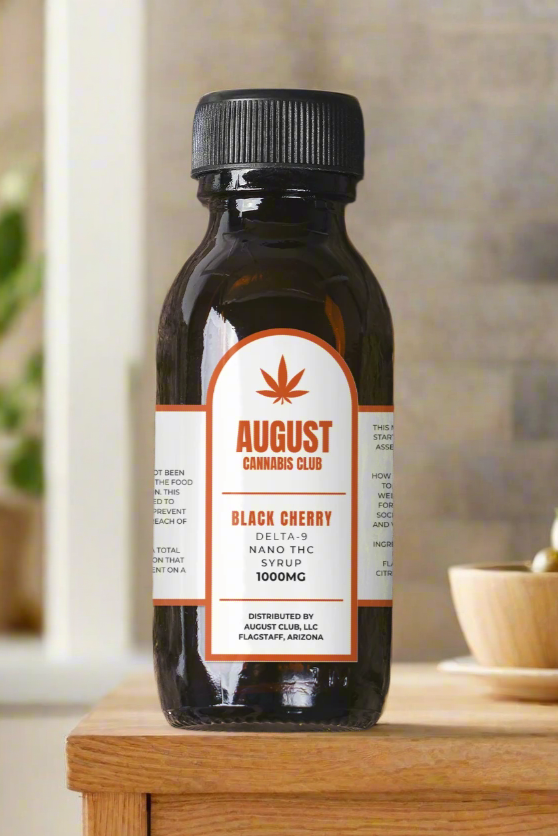Millions of people look for ways to manage chronic pain better. Learning about cannabinoids in pain management, especially when you have THCa, could change your life. THCa (tetrahydrocannabinolic acid) shows great promise for pain relief. It works with your body's endocannabinoid system differently than regular pain medications. The path to better pain management begins when you learn how this compound works in your body.
THCa affects both peripheral and central pain pathways by working with CB1 and CB2 receptors. This piece looks at how THCa works, what it can do for different types of chronic pain, and the latest clinical proof that backs up its use. You'll learn the right ways to dose THCa, what side effects to watch for, and how it stacks up against other pain treatments - from helping with arthritis to fighting migraines.
The Science of Cannabinoids and Pain
The endocannabinoid system, your body's natural pain control network, plays a significant role in managing pain and inflammation 1. This complex system uses specialized receptors in your nervous system and immune cells that work together to maintain balanced pain perception and response.
Endocannabinoid system overview
The endocannabinoid system has three main components: cannabinoid receptors, endogenous cannabinoids, and enzymes that blend and break down these compounds 2. The human body creates its own cannabis-like substances known as endocannabinoids that act as synaptic circuit breakers and control various physiological processes, including pain response 3.
CB1 and CB2 receptors
The human body has two major types of cannabinoid receptors:
- CB1 Receptors: These receptors exist primarily in the central nervous system and concentrate heavily in pain-processing regions of the brain including the cortex, basal ganglia, and hippocampus 1
- CB2 Receptors: These receptors reside mainly in immune cells and appear at low levels on microglia and astrocytes. Their presence increases significantly during chronic pain states 4
Cannabinoid signaling in pain pathways
These receptors influence pain perception through multiple mechanisms at the time of activation. CB1 receptors inhibit calcium channels and activate potassium channels that decrease neurotransmitter release 2. CB2 receptors are a vital component that reduces inflammation and pain without causing psychoactive effects 5.
The system showed its effectiveness by suppressing behavioral responses to noxious stimulation through both CB1 and CB2 receptor activation 3. The body's immune cells release anti-inflammatory mediators that include interleukin-10 and interferon-γ to reduce pain in inflammatory conditions 5.
THCa: A Promising Cannabinoid for Pain Relief
THCa's properties create new paths for pain management and this natural compound found in raw cannabis plants stands out from other cannabinoids.
Chemical structure and properties
THCa stands as a non-psychoactive compound with a molecular weight of 358.5 g/mol 6. The compound's structure has specific elements that enhance its therapeutic benefits: a hydroxy group, methyl groups, and a pentyl group arrangement 6. Your body's pain-modulating systems interact naturally with this unique molecular composition without triggering any psychoactive effects.
Conversion to THC
THCa transforms into THC through a chemical process called decarboxylation. This conversion takes place as cannabis heats up beyond 120°C 7. The process triggers a chemical reaction that removes a carboxyl group from THCa and releases carbon dioxide 8. Several key factors determine the success rate of this conversion:
- Temperature control (220°F to 240°F optimal range)
- Duration of heat exposure (30-45 minutes)
- Quality of starting material
- Environmental conditions
Potential benefits over THC
THCa might work better for you than THC because of its special healing properties. Studies show that THCa has several advantages over regular THC:
- Anti-inflammatory Effects: THCa has strong anti-inflammatory properties that help people with arthritis and Crohn's disease 9
- Non-psychoactive Nature: You get the healing benefits without THC's "high" effect 9
- Neuroprotective Properties: Research shows THCa protects nerve cells and could help with various brain conditions 10
THCa works really well for treating inflammatory disorders. Scientists have found that THCa's anti-inflammatory effects work through specific cell pathways 10. Research comparing THCa with traditional pain medicines shows that treatments using cannabinoids can relieve pain as effectively as codeine 11.
Mechanisms of Action in Chronic Pain
Cannabinoids affect your pain perception through complex mechanisms across your nervous system. Conventional treatments fail to satisfy about 40% of chronic pain patients 12. Understanding these mechanisms is significant to develop effective pain management strategies.
Peripheral effects
Cannabinoids interact with your peripheral nervous system through specialized receptors that control pain signals. CB2 receptors on immune cells generate up to 20 times more endocannabinoids compared to other cells 4. This increased production helps reduce inflammation and pain. The process includes:
- Lower levels of pro-inflammatory molecules
- Higher production of anti-inflammatory mediators
- Decreased immune cell migration
- Reduced tissue inflammation
Spinal cord modulation
Your spinal cord plays the most important role in processing pain through cannabinoid action. CB1 receptors exist in your spinal cord's dorsal horn 2 and regulate pain transmission. The modulation happens when these receptors inhibit neurotransmitter release, especially when you have GABA and glutamate signaling 13.
Supraspinal pain processing
The brain's pain processing centers play a significant role in cannabinoid-mediated pain relief, especially when you have the periaqueductal gray (PAG) and rostral ventromedial medulla (RVM). These areas are the foundations of your descending pain modulatory system that actively suppresses pain signals 13. Cannabinoid receptors' activation in these regions guides neurons to reduce pain-transmitting activity and enhances pain-inhibiting pathways 12.
Scientists have discovered that your emotional states and stress substantially affect this system's ability to work. The brain's endocannabinoid levels adapt to pain and stress 12, which creates an intricate relationship between how you perceive pain and process emotions. This knowledge explains why cannabinoids might work differently depending on your psychological state and stress levels.
Clinical Evidence and Applications
Research shows that cannabinoids work effectively for pain management. More than 116 million Americans suffer from chronic pain 14. Knowledge about pain types and their response to cannabinoid treatment will help you make better therapeutic decisions.
Types of chronic pain responsive to cannabinoids
Cannabinoids prove particularly effective at treating several pain conditions:
- Neuropathic pain (including MS-related pain)
- Cancer-related pain
- Inflammatory arthritis
- Fibromyalgia
- Chronic abdominal pain
Research shows that cannabinoids can deliver mild to moderate pain relief similar to 60mg of codeine 11. Multiple sclerosis patients experienced substantial improvements in their spasticity and limb pain during clinical trials, and almost all patients reported relief from their symptoms 11.
Dosing and administration methods
Several factors determine the right dosing strategy that works best for you. These include your pain severity and previous experience with cannabis. Medical professionals recommend these three approaches:
| Protocol Type | Starting Dose | Titration | Maximum Daily Dose |
|---|---|---|---|
| Standard | 5mg CBD twice daily | Increase by 10mg every 2-3 days | 40mg/day |
| Conservative | 5mg CBD once daily | Increase by 5-10mg every 2-3 days | 40mg/day |
| Rapid | 2.5-5mg THC:CBD balanced | Increase by 2.5-5mg every 2-3 days | 40mg/day |
Combining THCa with other pain therapies
You can boost your pain management results by adding cannabinoids to your current treatments. Research points out some key things to think over:
Studies reveal that adding cannabis to opioid medications doesn't boost pain relief by a lot 14. Research with 400 opioid users showed that using both led to higher anxiety and depression than opioids alone 14.
Vaporizing balanced THC:CBD products works well to manage breakthrough pain 15. But you should know that mixing cannabis with other central nervous system depressants can drop your blood pressure and make you more tired 14.
Latest clinical evidence suggests cannabinoids work best as an add-on therapy, especially when you have stubborn multiple sclerosis cases 16. Your doctor might need to adjust your regular pain medication doses after adding cannabinoid treatments to your pain management plan.
Conclusion
Research shows THCa has great potential to manage pain through its detailed interaction with the endocannabinoid system. Your body's natural pain control mechanisms respond well to THCa's multi-level approach. It targets peripheral inflammation, spinal cord modulation, and brain-based pain processing effectively. Clinical evidence proves THCa works well for chronic pain conditions of all types, especially through its non-psychoactive properties and anti-inflammatory capabilities.
Pain management's future lies in customized treatments that adapt to each patient's needs and responses to cannabinoid treatments. Scientists continue to discover better dosing strategies and combination therapies that give chronic pain sufferers more options. Your trip to finding pain relief becomes easier when you understand these new treatment possibilities. Working with healthcare providers will give you safe and proper guidance for THCa-based therapies.
FAQs
1. Can cannabinoids be effective in managing chronic pain?
Cannabinoids may offer some relief for certain types of nerve pain, according to a few studies. However, most experts recommend considering them only after other pain management strategies have been tried. It's important to note that no pain medication can completely eliminate chronic pain.
2. Does THCA have any benefits for pain relief?
THCA, when extracted and consumed, might provide therapeutic benefits for pain relief and could help with nausea without inducing a high. However, when THCA is smoked or vaporized, it converts into THC, which has psychoactive effects.
3. What are the therapeutic advantages of THCA?
THCA has been found to help reduce inflammation and pain, making it a potentially useful cannabinoid for conditions like arthritis and seizures. Additionally, its properties as a neuroprotectant may offer benefits in treating neurological disorders such as multiple sclerosis, Alzheimer's, and Parkinson's disease.
4. Which cannabinoids have been approved by the FDA for pain treatment?
Currently, the FDA has approved only a few cannabinoid-based products for medical use, including Epidiolex, Marinol, and Syndros. These are approved for specific conditions and are not endorsed for general pain management across all patient populations.
References
[1] - https://www.ncbi.nlm.nih.gov/pmc/articles/PMC3820295/
[2] - https://www.frontiersin.org/journals/pharmacology/articles/10.3389/fphar.2018.01259/full
[3] - https://pmc.ncbi.nlm.nih.gov/articles/PMC2834283/
[4] - https://www.frontiersin.org/journals/neural-circuits/articles/10.3389/fncir.2021.816747/full
[5] - https://pmc.ncbi.nlm.nih.gov/articles/PMC7557112/
[6] - https://pubchem.ncbi.nlm.nih.gov/compound/delta9-Tetrahydrocannabinolic-acid
[7] - https://www.ncbi.nlm.nih.gov/pmc/articles/PMC7333482/
[8] - https://www.hemponix.com/thca-to-thc-conversion-rate/?srsltid=AfmBOop_Hn7fiYJHKPHrmf0qUzPgLmLvxrSXCgtq-uZtAQybuLb0RHkH
[9] - https://mwwire.com/2024/08/08/what-are-the-potential-benefits-of-thca-flowers/
[10] - https://en.wikipedia.org/wiki/Tetrahydrocannabinolic_acid
[11] - https://www.ncbi.nlm.nih.gov/books/NBK224384/
[12] - https://www.sciencedirect.com/science/article/abs/pii/S0074774215001348
[13] - https://www.ncbi.nlm.nih.gov/pmc/articles/PMC4033943/
[14] - https://pinnacletreatment.com/blog/opiates-marijuana-pain-control/
[15] - https://www.ncbi.nlm.nih.gov/pmc/articles/PMC10134049/
[16] - https://www.ncbi.nlm.nih.gov/pmc/articles/PMC7295551/



